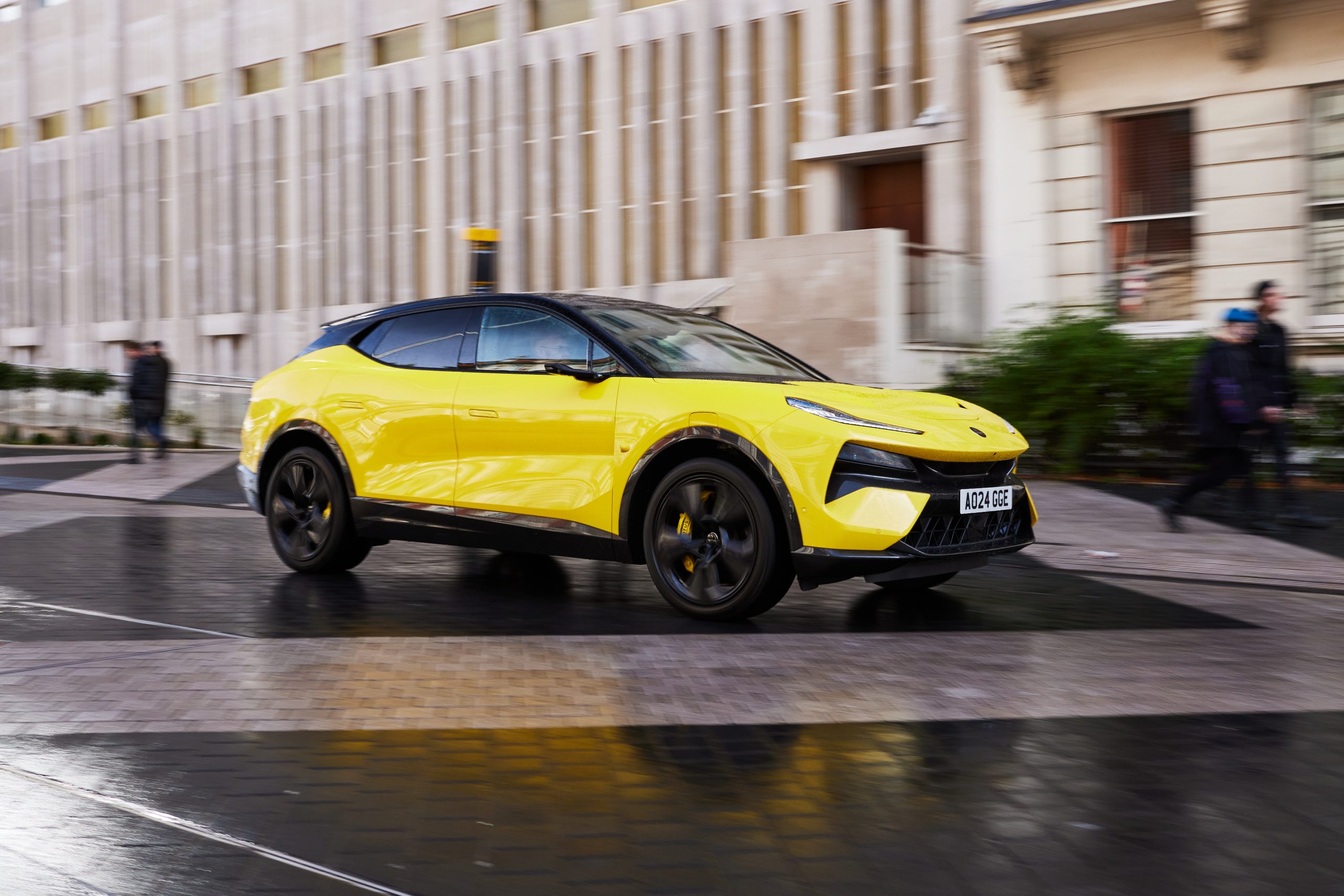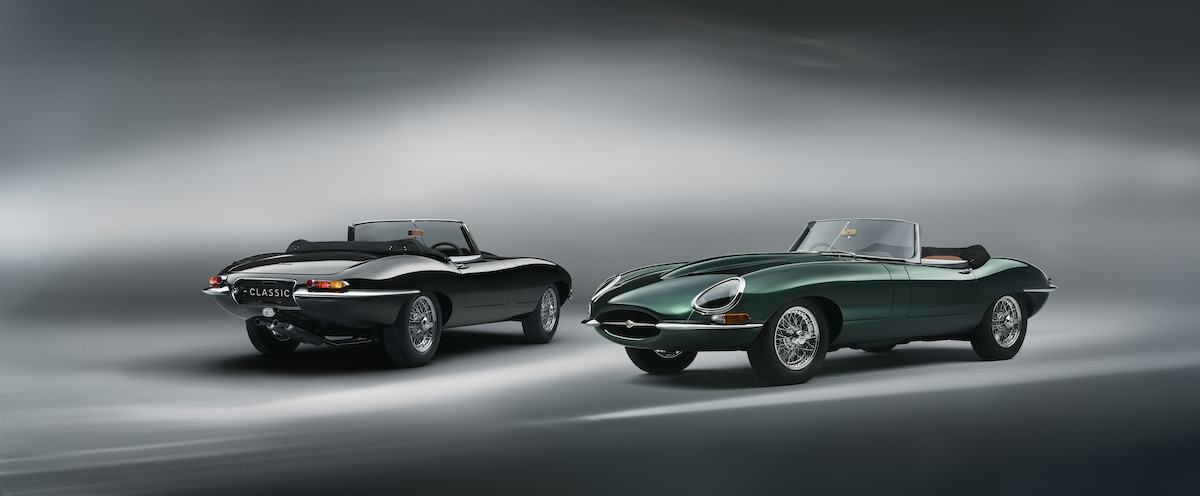How to Draw a Lamborghini: Step-by-Step Guide for Realistic Results
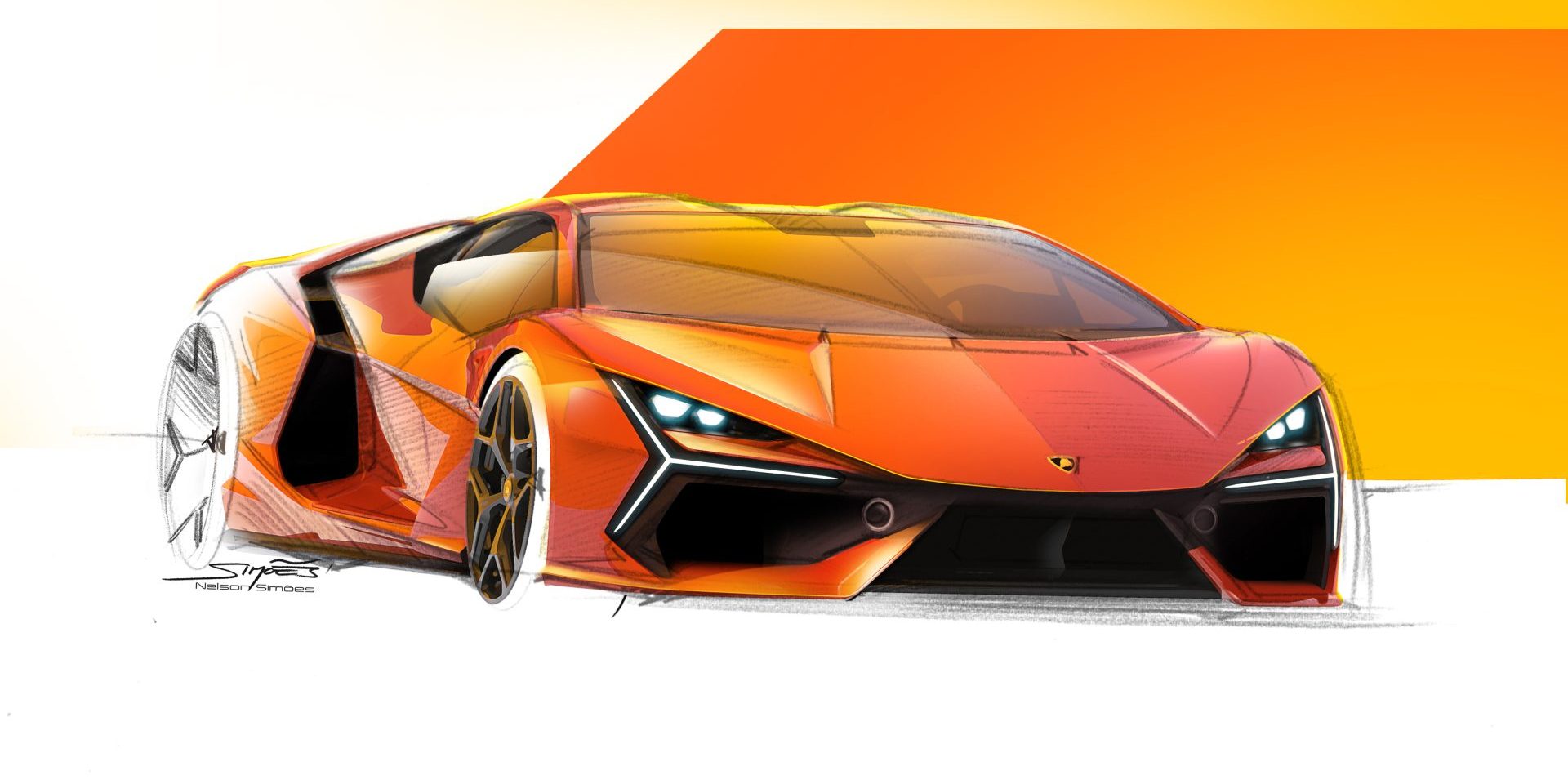
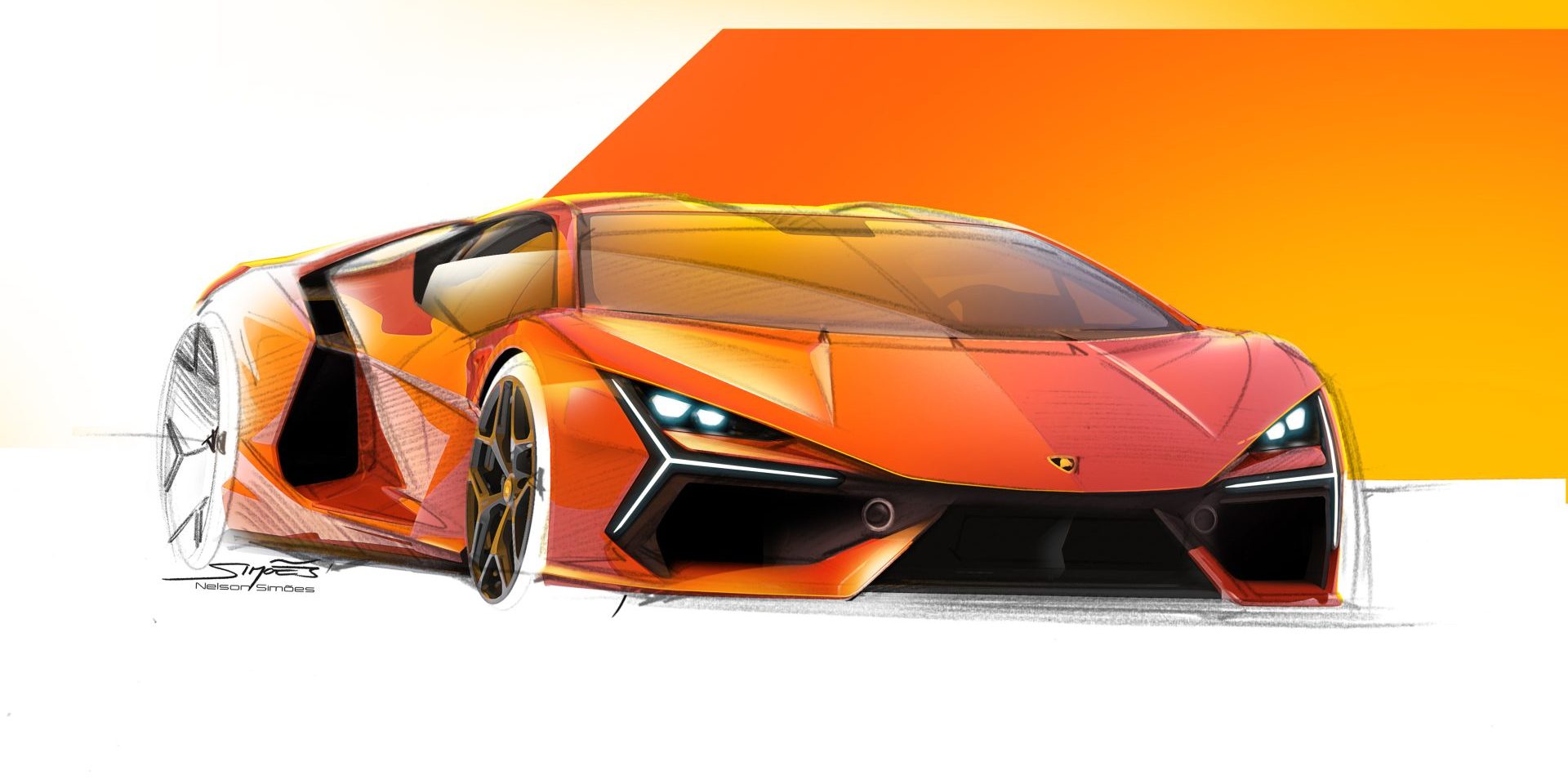
Drawing a Lamborghini offers artists of all skill levels an exciting challenge: capturing the sleek and dynamic design of one of the most iconic sports cars in the world. This high-performance vehicle is known for its distinctive sharp angles, aggressive stance, and the beautiful interplay between its curved and straight lines. Whether you are a beginner looking to tackle a new subject or an experienced artist aiming to refine your technique, the process of drawing a Lamborghini can be both rewarding and enjoyable.
Creating a faithful representation of the Lamborghini will require observation and attention to detail. The task begins with understanding the car’s fundamental shapes and proportions, which form the foundation of the drawing. Once this basic outline is sketched, artists can then progressively add layers of detail, such as the characteristic headlights, air intakes, and the intricate rims of the wheels. Each step provides an opportunity to enhance the drawing’s realism and depth.
Key Takeaways
- Mastering the shapes and proportions is essential for a realistic Lamborghini drawing.
- Adding detail incrementally helps build complexity without becoming overwhelming.
- Refining and perfecting the drawing involves careful observation and practice.
Materials and Tools
When drawing a Lamborghini or any other complex subject, the selection of appropriate materials and tools is essential. This section outlines the necessary items to effectively create a realistic drawing of a Lamborghini.
Drawing Paper: A smooth, high-quality paper is recommended for detailed work. Heavier weights can better withstand erasing and reworking without tearing.
Pencils: Artists generally need a range of pencils. Common grades employed are:
- H (Hard): For light, fine lines.
- HB: A mid-range pencil for general sketching.
- B: For darker, more pronounced lines.
Erasers: Different types serve specific purposes:
- Kneaded Eraser: It can be shaped to lift out highlights or erase small areas.
- Plastic/Rubber Eraser: Ideal for removing pencil lines without damaging the paper.
Rulers and Guides: A straight edge is useful for drawing precise lines, while circle and ellipse templates aid in creating accurate wheel shapes.
Sharpeners: Keeping pencils sharp ensures fine lines for detail work.
Blending Stumps or Tortillons: These rolled paper tools help in smoothing and blending graphite to create gradients or shadows.
Fixative Spray (optional): To protect the completed drawing, artists can apply a light mist of fixative spray to prevent smudging.
Creating a detailed drawing of a Lamborghini involves using these tools with care and precision, ensuring every line and shade contributes to a lifelike representation.
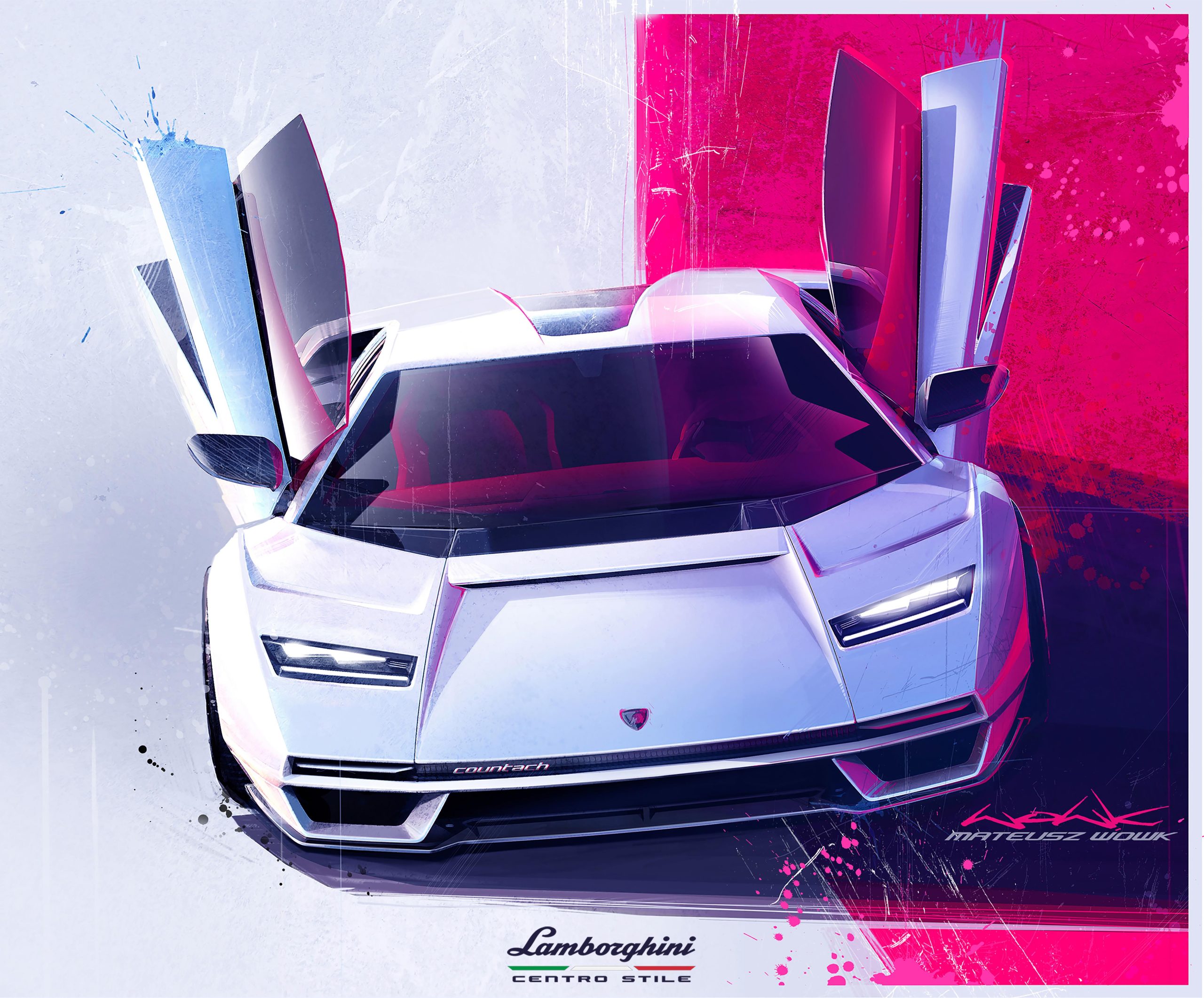
Fundamentals of Lamborghini Design
Drawing a Lamborghini requires understanding the key design elements that give these cars their distinct appearance. Lamborghinis are known for their sharp angles, a characteristic that sets them apart from other sports cars. The design philosophy often includes a low and wide stance, which enhances the vehicle’s aerodynamics and gives it an aggressive look.
Body Shape: When starting out, sketching the main outline of the body is essential. A Lamborghini typically has a sleek, aerodynamic profile. Think about creating a sense of speed and motion, even when the car is stationary.
- Front View: The front is often characterized by large air intakes and a distinctive Lamborghini grille. The headlights are narrow and angular, aligning with the aerodynamic shape.
Wheels: The wheels are a crucial part of the car’s side profile. They are large and sit close to the edges of the body to emphasize power and performance.
Interior Design: Lamborghinis feature a cockpit that blends luxury and sportiness. While drawing the interior isn’t always visible from the outside, being aware of the car’s inner design can help inform the way you render the windows and the positioning of the seats.
Always focus on symmetry and proportion. Lamborghini designs contain repeating geometric shapes and precise lines. Keep your drawings balanced and check that each side mirrors the other accurately.
Use these guidelines to capture the spirit of the Lamborghini, always bearing in mind the importance of clean shapes and defined edges to represent this iconic marque accurately.
Sketching the Basic Outline
Drawing a Lamborghini starts with capturing the sleek, distinctive shape of the car. The outline is your foundation, and getting the proportions correct is key, as well as positioning the wheels accurately.
Establishing the Proportions
Begin by drawing a rectangle to represent the body of the Lamborghini. This helps ensure that the length and width of the car are proportional. Adjust the rectangle slightly, tilting it to match the Lamborghini’s aerodynamic profile. It’s important that this rectangle serves as a guideline for the overall shape and is neither too long nor too wide compared to the real car’s dimensions.
Drawing the Wheels
Within the base rectangle, add two circles for the wheels, making sure they are of equal size and appropriately spaced to reflect the Lamborghini’s stance. Place these circles so that they touch the bottom edge of the rectangle, indicating that the car is grounded. The wheels should be drawn on the lower half of the body, providing a stable base for the sketch.
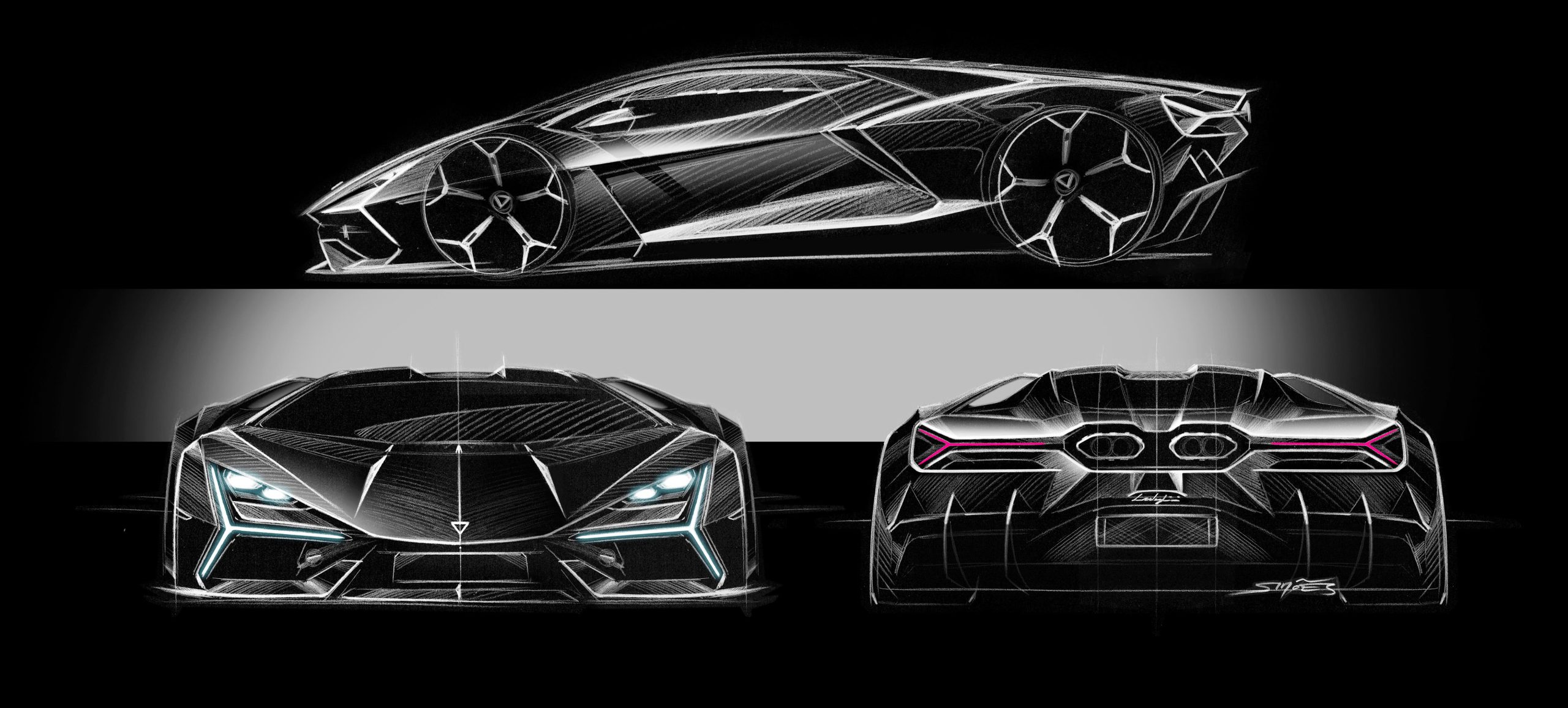
Adding Details
This section focuses on enhancing the drawing of a Lamborghini by adding critical features to the body and defining the doors and windows to bring the image to life.
Designing the Body
The body of a Lamborghini is distinguished by its sharp angles and sleek lines that convey speed and aerodynamics. Begin by refining the basic outline of the car, ensuring that the proportions reflect the vehicle’s low and wide stance. Highlight the distinctive curves and edges that run along the sides, which can involve deep angular cuts and noticeable air intakes. Use bold lines to outline the main features and lighter strokes for supplementary detail.
Defining the Doors and Windows
Lamborghinis often feature the iconic scissor doors. When drawing the doors, pay attention to their unique hinge mechanism at the front, which allows the doors to swing upwards. Carefully sketch the window outline within the door frame, considering the slender and angular shape that complements the car’s design. Remember to leave appropriate space for the side mirrors and door handles, which should be minimalistic yet precise in form.
Refining the Drawing
After establishing the basic shape and proportions of the Lamborghini, the next step is to refine and enhance the drawing, focusing on two main aspects: shading and highlighting details. This stage brings the illustration closer to reality, emphasizing the distinct attributes of the vehicle.
Shading Techniques
Effective shading adds depth and dimension to the Lamborghini. Use the following guidelines for shading:
- Light Source: Determine the direction of the light source. Shading will be heavier on the opposite side, where less light reaches.
- Body Curves: Pay attention to the car’s curves and edges. They will have gradient shading due to the shape of the body reflecting light differently.
- Wheels and Undercarriage: Add darker shades under the car and around the wheels to create a grounded and realistic look.
Vary the pencil pressure to transition smoothly between different shades, and use blending tools like a blending stump or a piece of tissue to smooth out the gradients.
Highlighting Details
To properly highlight the Lamborghini’s details:
- Reflections: Identify areas that would reflect light more intensely, such as mirrors, glossy paint, and glass parts. Use an eraser or a sharp light pencil to create these high points.
- Interior Details: If the windows are transparent in your drawing, lightly sketch in the interior’s steering wheel, seats, and dashboard.
- Ventilation and Grills: Lamborghinis often have distinctive cooling vents and grills. Use precise lines to define these areas effectively.
Remember, detailing can make a drawing stand out, so take the time to observe the unique elements of the specific Lamborghini model you are drawing.
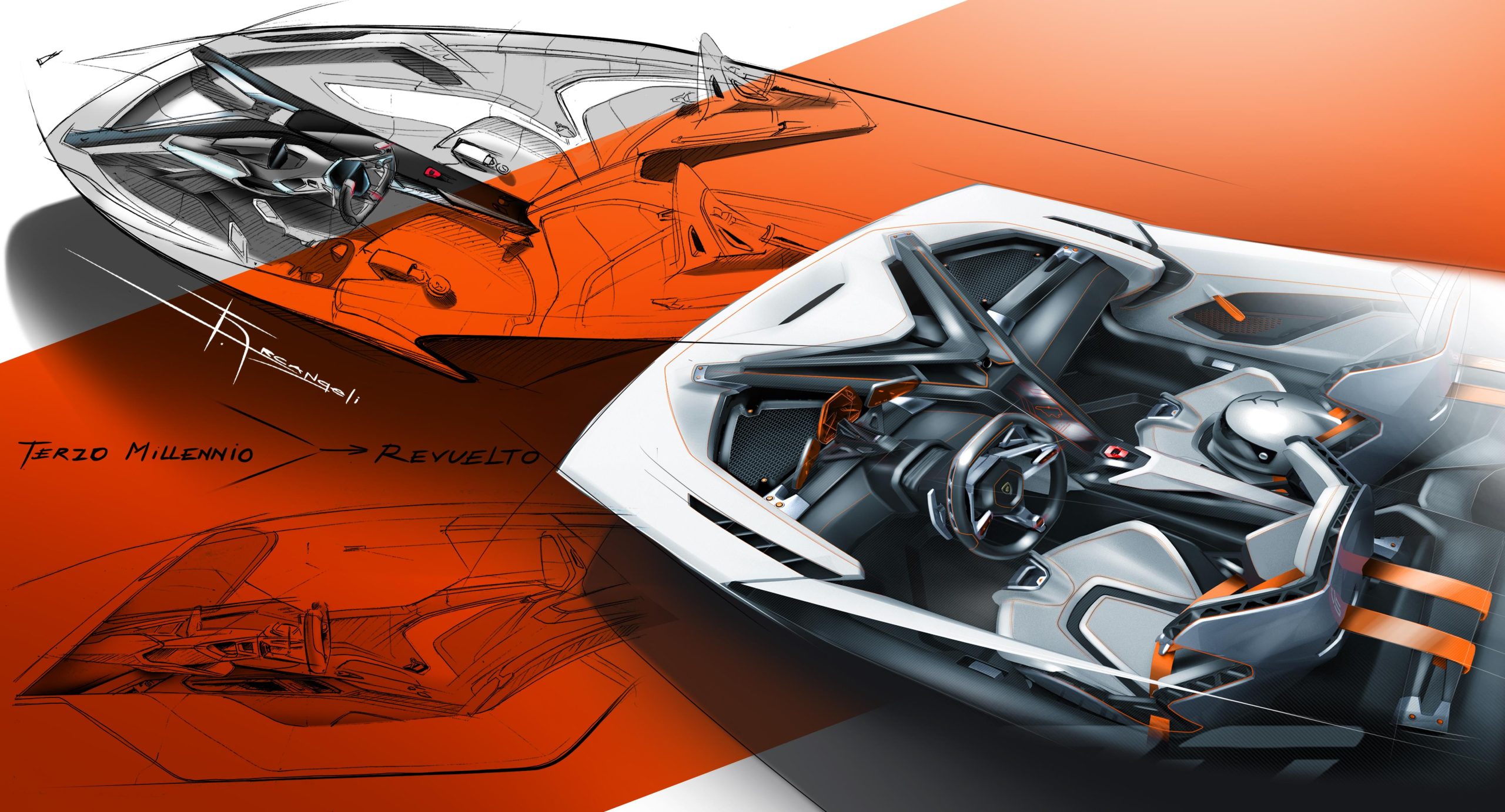
Final Touches
To complete your Lamborghini drawing, focus on defining its sleek features with bold outlines and vivid colors.
Inking the Outline
Once satisfied with the penciled sketch, it’s time to ink the Lamborghini’s outline. Use a fine-point ink pen or marker to trace over the pencil lines, solidifying the vehicle’s shape and details. Pay close attention to the flow of each curve and straight line to ensure they are smooth and uninterrupted, appropriate to the Lamborghini’s distinctive style.
Coloring the Lamborghini
Coloring your Lamborghini brings the drawing to life. Choose colors that are both realistic and vibrant, reflecting the car’s iconic paint job. Use markers, colored pencils, or paints, applying base layers first and gradually building up to the desired intensity and shade. Highlight the reflective surfaces and shadows to add depth and a three-dimensional effect to the illustration. Remember to color evenly and within the lines for a professional finish.
Drawing From Different Angles
When attempting to draw a Lamborghini from various angles, the key is to understand the car’s geometric shape and how light interacts with its surfaces. Starting with a basic framework is essential. For a side view, begin with a long, low rectangle to represent the car’s body. For a front view, a wide trapezoid can serve as the foundation, while a rear view might start with a slanted rectangle that tapers downwards.
Front View:
- Sketch the wide, angular front hood.
- Add the distinctive headlights, which have a sharp, angled shape.
- Include the Lamborghini badge, shaped like a shield, centered on the hood.
Side View:
- Draft the sloping line of the roof, descending towards the rear.
- Outline the doors and side air intakes, emphasizing their angular design.
- Depict the wheels as large circles within the lower part of the rectangle, adding ellipses for depth.
Rear View:
- Draw the rear spoiler if the model includes one, ensuring it follows the body’s curvature.
- Illustrate the taillights and rear exhausts, remembering their symmetrical placement.
Using a light source can help in adding realism by casting shadows and highlights, showing the car’s form from each angle. Consistent practice with these views can lead to a precise portrayal of a Lamborghini from any perspective.
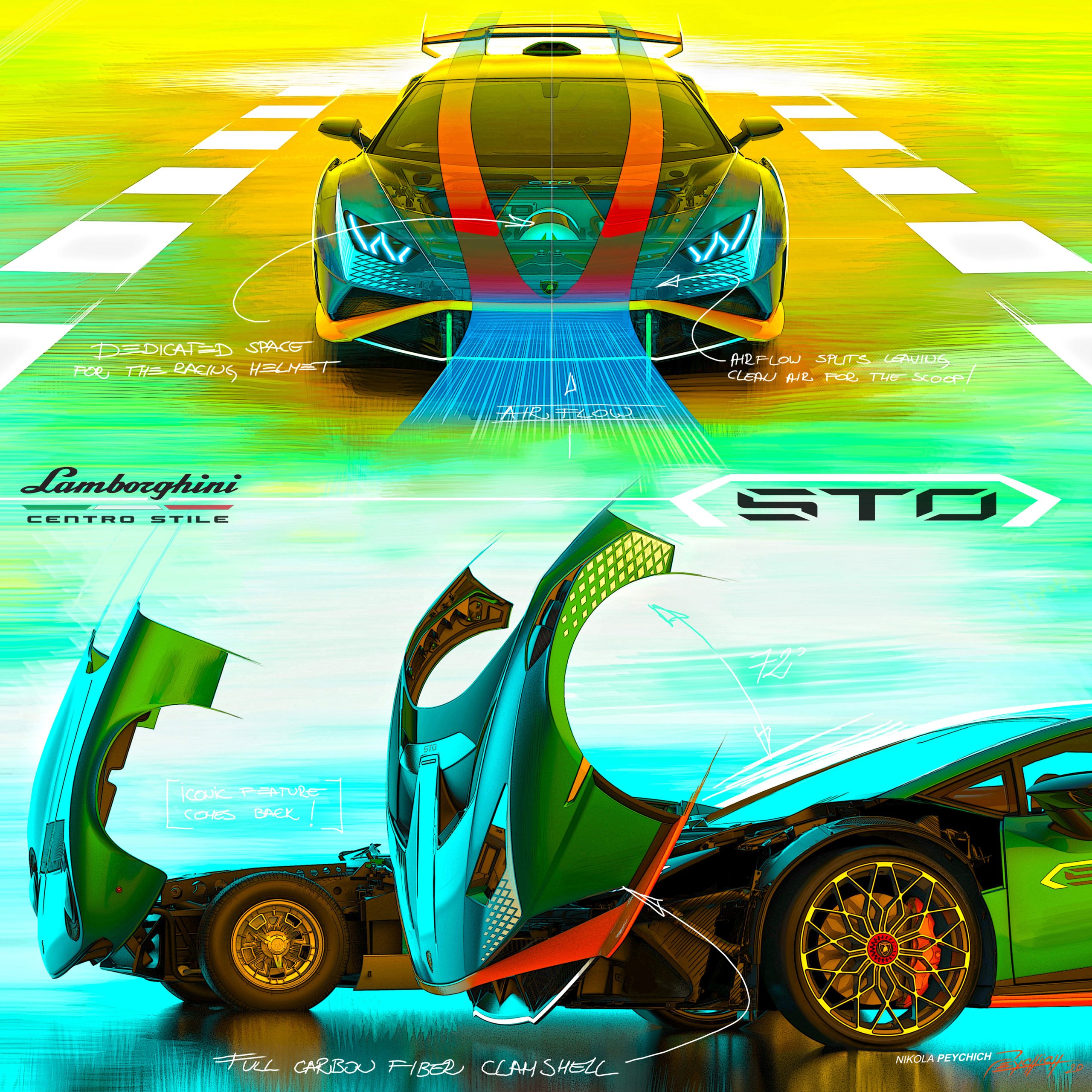
Tips and Tricks for Realism
When drawing a Lamborghini, precision and attention to detail define the difference between a basic representation and a realistic portrayal. Start with accurate proportions; the sleek and low profile of a Lamborghini is one of its defining features.
Proportions: Ensure the length, width, and height ratios are to scale. Utilize a grid method to transfer the dimensions accurately from a reference photo to your drawing surface.
Lines: Use clean, confident strokes to outline the shape. The body of a Lamborghini has distinct, sharp lines that contribute to its aerodynamic design.
- Wheels: Concentrate on the shape and placement of the wheels. They should be perfectly round and sit correctly within the wheel arches.
- Shadows and Highlights: Identify light sources to accurately shade and highlight various parts of the car, giving depth and dimension.
- Perspective: Get the perspective right to enhance the three-dimensional feel. If one part of the car is closer to the viewer, it should appear larger than the parts that are farther away.
Details: Focus on the small details such as the seams of the doors, headlight design, and grille pattern. Small touches will bring your drawing closer to life.
Brake Calipers and Rims: Pay special attention to the rims and brake calipers. They often have complex designs and embody the Lamborghini’s luxurious and high-performance character.
Texture: A Lamborghini often has a reflective and glossy finish. Use blending techniques to create smooth textures that mirror the car’s polished exterior.
Incorporating these elements with care and precision will result in a realistic and lifelike drawing of a Lamborghini.
Common Mistakes to Avoid
When endeavoring to draw a Lamborghini, precision and attention to detail are vital. Avoid the following common mistakes to improve your drawing:
Incorrect Proportions: Lamborghinis have distinctive proportions that are key to their sleek appearance. Ensure the body is low and wide, and the wheels are correctly sized and spaced.
| Mistake | Fix |
|---|---|
| Too large wheels | Use reference images to measure correctly. |
| Overly elongated body | Compare body length to the width. |
Overlooking Angles: Lamborghinis are known for their sharp angles and crisp lines. Round edges or soft lines will not accurately represent the car’s design.
- Use a ruler for straight lines.
- Study the angles in car photos.
Ignoring Perspective: Lamborghini drawings often fail when perspective is neglected. A car that’s flat and lacks depth isn’t realistic.
- Practice two-point perspective to create depth.
- Sketch guides for vanishing points to align your drawing.
Misplaced Shadows: Light and shadow bring the drawing to life and add a three-dimensional effect.
- Observe how light falls on the car to accurately place shadows.
- Use varying pencil pressures to create depth in shadows.
Simplifying Details: Details like grilles, headlights, and logos give the Lamborghini its characteristic look.
- Don’t rush the small elements; take time with each.
- Erase and redraw if a section doesn’t look right.
By steering clear of these errors and employing patience, your Lamborghini drawings will begin to reflect the vehicle’s true form and style.
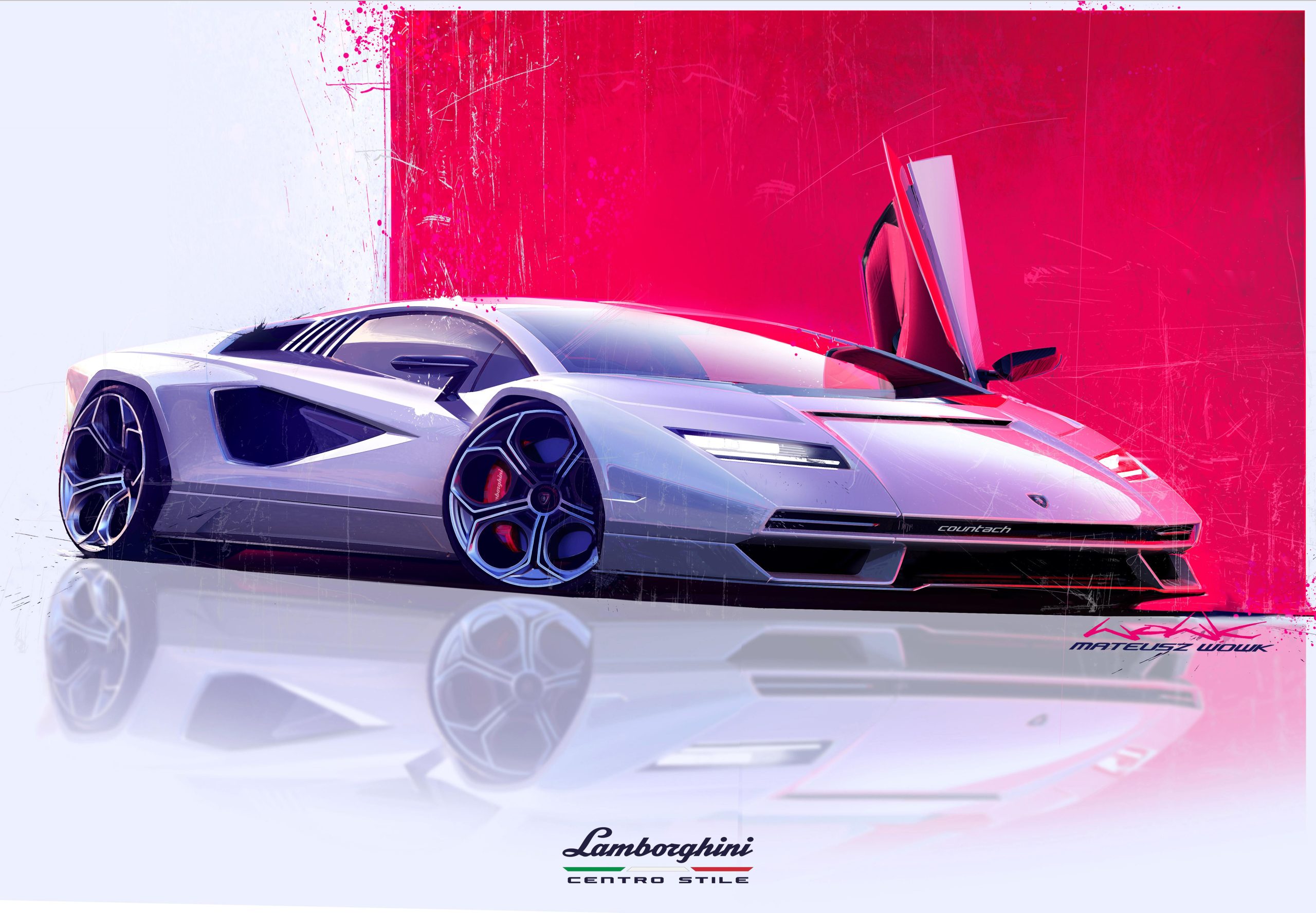
You may also like…


